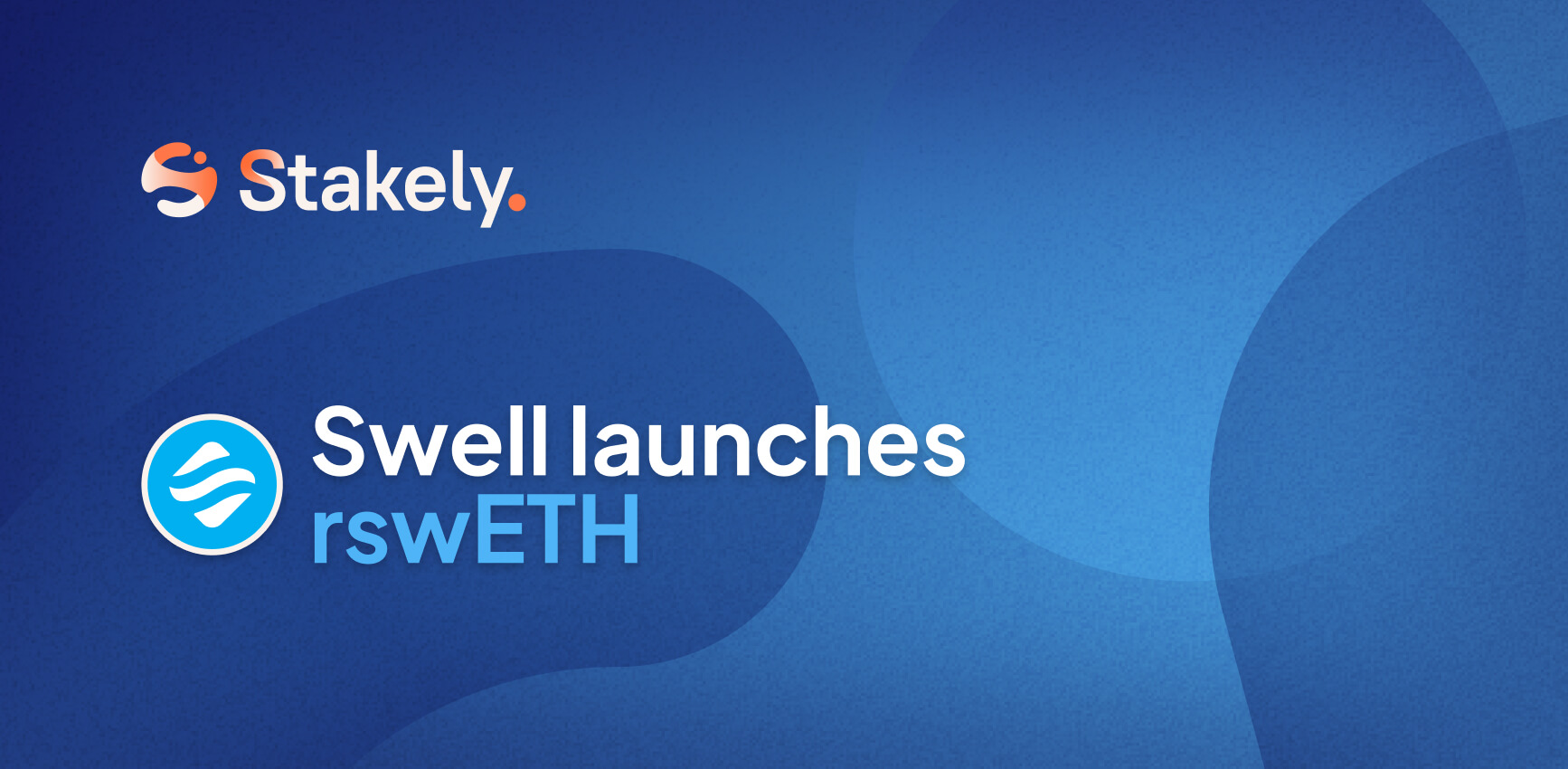Nektar, the new alternative in Ethereum restaking

The transition from Diva to Nektar marks a significant milestone in Ethereum, positioning itself as a promising alternative in the restaking landscape, offering a decentralized and secure solution. In this article, we’ll explore why we’re thrilled about this new solution and highlight some of its key benefits.
The transition from Diva to Nektar
Nektar Network emerges in Ethereum as a restaking ecosystem that promises to enhance cryptoeconomic security and scalability. This transition from Diva, which was already a robust system, to Nektar brings significant improvements in how we implement and utilize restaking.
What is Nektar?
Nektar stands as a multi-layered network designed to strengthen Ethereum’s security infrastructure and expand scalability for various applications. With components like the Stinger Client, the Diva Staking Protocol, the Nektar Restaking Protocol, and the Nektar Marketplace, it offers a comprehensive environment for restaking.
Key components of Nektar
Nektar Network addresses some of the critical challenges of restaking, offering advantages that not only optimize security but also improve efficiency and decentralization.
The Stinger Client
The Stinger Client is a binary application run locally by operators, creating a peer-to-peer validation network. This tool facilitates the creation of validators with automatic Distributed Key Generation (DKG), eliminating the need for manual key management. Additionally, it supports performing validator duties using Distributed Validator Technology (DVT). Upcoming features include validator withdrawals, ZK oracles for calculating rewards, and collateral and reward management for operators.
The Diva Staking Protocol
The Diva Staking Protocol is a liquid staking protocol that offers stakers the flexibility to stake any amount of ETH without lockups, thanks to Liquid Staking Tokens (divETH). These tokens represent staked ETH and generate Ethereum staking rewards, ensuring maximum liquidity and accessibility. For operators, Diva allows the operation of distributed validation nodes that are fully disposable and self-healing, ensuring high availability and resilience through DVT technology.
The Nektar Restaking Protocol
The Nektar Restaking Protocol consists of a set of smart contracts that enable stakers to restake ETH and LSTs directly within the Nektar network. This functionality allows delegating ETH to validators who can take on additional responsibilities to serve third parties, such as Actively Validated Services (AVS). These services leverage Nektar’s pooled security, utilizing Ethereum’s trust model to provide secure solutions for applications.
Nektar Marketplace
The Nektar Marketplace is an open platform where service providers can leverage Ethereum’s security and reward the operators of Nektar. This marketplace facilitates the delegation of consensus security and establishes trust between AVS and dApps, benefiting both developers seeking additional security and stakers interested in supporting project growth.
Key advantages of Nektar
- Decentralization and Resilience: Nektar ensures a fully distributed validation process through DVT, eliminating single points of failure.
- Native Restaking: Nektar supports restaking of both native ETH and Liquid Staking Tokens (LSTs), providing flexibility and maximizing capital efficiency.
- Automated Validator Creation: Operators can create validators with automated withdrawal credentials, optimizing the staking process.
- Incentive System: Nektar Marketplace rewards operators for additional tasks, fostering a robust ecosystem that supports diverse decentralized applications.
Conclusion
The transition from Diva to Nektar opens the door to a new competitor in Ethereum restaking, providing a more decentralized and secure solution. At Stakely, we are eager to be part of this new chapter and believe that Nektar has the potential to offer great benefits for both restakers and operators. If you’re looking to maximize Ethereum’s security, don’t lose sight of Nektar!





